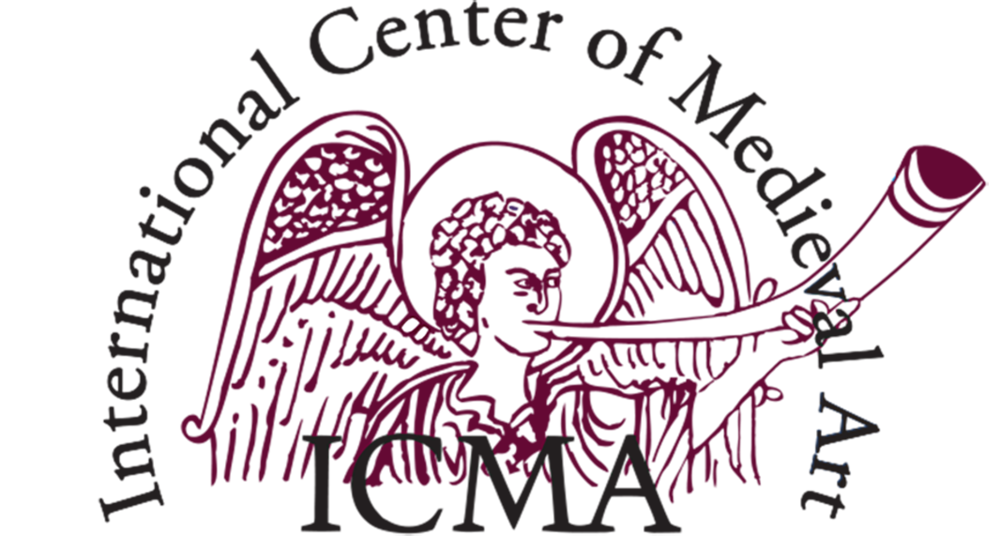Call for Papers
The Nineteenth International Conference of the Australian Early Medieval Association
The Spectrum of the Early Medieval World: Exploring the Semiotics of Colour
26 – 28 September 2024
Australian Catholic University, Canberra Campus and Online
Abstracts Due by 29 July 2024
Throughout the medieval era, colour served not only as a visual and aesthetic element but also as a powerful semiotic tool, delineating concepts of light and darkness, virtue and vice, conformity and deviation. The application of colour—whether vivid, subdued, variegated, or absent—was a deliberate choice by medieval authors, artists, scribes, and patrons, imbued with significant cultural, philosophical, and spiritual meanings. Colour held significant aesthetic and symbolic roles across various cultures. Colour also delineated social status through clothing and heraldry, providing essential visual cues in both daily life and on the battlefield. This period’s rich engagement with colour demonstrates its powerful role in communication and cultural expression, shaping individual experiences and societal values.
Potential themes may include:
Chromatic Cosmologies: Exploring astrological and cosmological colour symbolism.
Hues of Havoc: Examining the representation of climate and natural disasters through colour symbolism.
Palette of Plagues: The use of colour in depicting disease and medicine.
Wilderness Tinted: The depiction of wilderness and domestication through colour, exploring how these elements are represented across various media.
Spectral Technologies: Investigating the interplay of colour with medieval technologies and superstitions.
Sacred and Secular Shades: Analysing the use of colour in religious contexts, contrasting pagan and Christian iconographies.
Cycles of Life: How biological cycles and human cultural expressions are conveyed through colour.
Visions Beyond the Veil: The colour motifs associated with the natural and the supernatural realms in medieval thought.
Eternal Colours: The symbolism of colour in the concepts of life and the afterlife.
Contrasts of Creation: The use of colour to express dualities such as daylight and darkness, and what these represented in the medieval mindset.
Monstrous Pigments: Investigating how colours contribute to the portrayal of monsters and totems in medieval iconography.
Imaginative Spectrum: The role of colour in articulating the bounds of art and the imagination within a medieval context
In keeping with the inclusive spirit of AEMA’s annual international conferences, submissions may be thematically colourful—or not. There are no geographical limitations, only a requirement that submissions relate to the early medieval period (c. 400–1200 CE)—or its reception in later contexts.
Please email submissions for a standard 20-minute paper (+Q&A time) to conference@aema.org.au by 29 July 2024.
Each proposal should include: the presenter/s, their academic affiliation/s (if applicable), paper title, an abstract of 150-250 words, a short presenter/s biography of 50 words, mode of presentation (in-person or online), including the timezone if online. We also strongly encourage all prospective presenters to consider submitting a full version of their paper to our journal, JAEMA, for a planned special themed issue in 2025.
AEMA members who are either Graduates or Early-Career Researchers are eligible to apply for a limited number of travel bursaries, and will go into the running for our Best Paper Prize awarded to both an in-person and an online presentation. We look forward to submissions that offer vibrant insights into the chromatic dimensions of the early medieval world!
2024 Conference Convenors:
Erica Steiner (University of Sydney)
Associate Professor Darius von Güttner (Australian Catholic University, Canberra)
The AEMA Committee
For more information, visit https://aema.org.au/conferencecfp/

